Befriending The Boreal: Getting To Know Our Elder Brother Spruce
This post invites you to get to know another prominent member of the Boreal Family, our brother Spruce
Spruce trees provide a bounty of medicine, food, habitat and essential materials for countless species and cultures globally. This post invites you to get to know a tree that our Chipewyan neighbors refer to as “Big Brother”.
Known to as “Zesegaandag” to the First Nation Ojibwe people of the great lakes area.
The spruce is an iconic tree in the Boreal zone. It stretches across every single one of Canada's provinces and three territories. This conifer also spreads through Russia, parts of Europe, and Scandinavia.
Spruce forests are rich in wildlife.
It frequently grows with lodgepole pine, subalpine fir, aspen, birch, and willow. Oak fern, horsetail, and gooseberry often grow under spruce trees. Lynx, snowshoe hares, wolves, and moose live in these northern forests.
Bark, branches, buds and seeds from the white spruce are a meal for deer, rabbits, porcupines, birds, and small rodents.
Spruce trees are known for their hardiness. Especially their tolerance and almost preferred taste of harsh environments. Their cones are purple when young; as they age they turn a brownish colour.
Interesting Facts:
- The spruce is a staple species in the Taiga. Otherwise known as the Boreal forest, the Taiga is the earth's largest biome aside from its oceans.
- The Taiga actually circles the world, stretching across the United States, Canada, Greenland, Russia, and everywhere in between.
- Black spruce is one of the spruce species that is considered a serotinous species. This means its cones will open slowly over time, but in the event of a wildfire, open very quickly. It actually relies on wildfires, or controlled burns, to open its cones and aid seed dispersal.
- It is found in regions where sometimes six months of winter and only 50 to 100 frost-free days a year are prevalent. This is one tolerant tree!
- Spruce trees nourish creatures such as the woodland caribou or Boreal caribou who, unlike other caribou, have chosen to stay within the tree-lines as opposed to the tundra.
- The clusters found at the tips of the spruce are often caused by squirrels feverishly picking their cones.
- Spruce is commonly used as an essential oil for therapeutic respiratory purposes, as anti-inflammatory, to ease dry skin, and improve overall skin health.
- First Nations people used black spruce to construct fish traps. Multiple cultures have fashioned drying racks and snowshoe frames from their trunks. Their resin, or sap, was also powdered and put on wounds in hopes of faster healing. Tea made from the pulp of the trunk was also believed to remedy one of kidney stones.
Edible parts of Spruce include: Young male catkins (flowers) - raw or cooked. Used as a flavouring. Immature female cones - cooked or fermented. The central portion, when roasted, is sweet and syrupy. The cones are 1 - 4cm in diameter. Inner bark - cooked. It is usually harvested in the spring and can be dried, ground into a powder and then used as a thickener in soups etc or added to cereals when making bread. An emergency food, it is only used when all else fails. Seed - raw. The seed is about 2 - 4mm long and is too small and fiddly to be worthwhile unless you are desperate. A refreshing tea, rich in vitamin C, can be made from the young shoot tips. A tea is also made from the needles and the bark. A gum obtained from the bark is collected in considerable quantities and used for chewing. Hardened blobs are said to make excellent chewing gum. It should be aged for 3 days or more before using it. The best gum is obtained from the southern side of the tree. Another report says that the gum, called "spruce gum", is a resinous exudation collected from the branches. A source of "spruce oil", used commercially for flavouring. The young twigs are boiled with molasses, sugar etc and then fermented to produce "Spruce beer". The beer is ready to drink in a week and is considered to be a good source of minerals and vitamins.
Young spruce cones (and young growth tips) can be used to make a medicinal syrup that is used as a gourmet condiment in some parts of Europe (more on this in an excerpt I share later in this article below).
Medicinal use of Black Spruce: A poultice of the inner bark has been applied to inflammations. A tea made from the inner bark is a folk remedy for kidney stones, stomach problems and rheumatism. An infusion of the roots and bark has been used in the treatment of stomach pains, trembling and fits. A resin from the trunk is used as a poultice and salve on sores to promote healing. The resin is said to be best mixed with oil and used as a dressing on purulent wounds, bad burns, skin rashes, scabies and persistent scabs. The resin can be chewed as an aid to digestion. A decoction of the gum or leaves has been used in treating respiratory infections and kidney problems. An infusion of the leaves has been used as a bath or a rub in treating dry skin or sores. A decoction of the young twigs has been used in the treatment of coughs. A decoction of the cones has been drunk in the treatment of diarrhoea. A decoction has been used externally as a gargle to treat sore throats. The cones have been chewed to treat a sore mouth and toothaches.
Other uses of the tree: A yellow-orange dye is obtained from the cones. Various native North American Indian tribes made a string from the long roots of this species and used it to stitch the bark of their canoes, to sew baskets etc. The pitch obtained from the trunk has been used as a sealing material on the hulls of canoes.
Our elder brother spruce helps to hold the sacred soils together on the mountain side and cleans the air with his resilient foliage. Let us now take some time to get to embark on an in depth exploration of the many gifts that are offered to us by our brother Spruce.
First up, is an excerpt from Arboretum Borealis: A Lifeline of the Planet
Next an excerpt from The Healing Trees : The edible and herbal qualities of Northeastern Woodland Trees
by Robbie Anderman
The following is an excerpt from Plants Have So Much to Give Us, All We Have to Do Is Ask : Anishinaabe Botanical Teachings
Next up An Excerpt from:
(You can get a copy here)
Next an Excerpt from:
(You can get a copy here.)
Next an excerpt from THE BOREAL HERBAL : Wild Food and Medicine Plants of the North by Beverley Gray
Have you ever tried eating a spruce tip? I find them quite tasty and invigorating (both raw, cooked and/or fermented).
How about pine or spruce pollen? Did you know that not only is it edible but it is actually extremely nutritious?

How to Harvest Pine (and/or Spruce) Pollen:
𝗣𝗶𝗻𝗲 𝗮𝗻𝗱 𝗦𝗽𝗿𝘂𝗰𝗲 𝗣𝗼𝗹𝗹𝗲𝗻 𝗡𝘂𝘁𝗿𝗶𝘁𝗶𝗼𝗻 𝗮𝗻𝗱 𝗛𝗲𝗮𝗹𝘁𝗵 𝗕𝗲𝗻𝗲𝗳𝗶𝘁𝘀
Pine and Spruce Pollen has over 200 bioactive compounds:
Including phytoandrogens, antioxidants, flavinoids, essential amino acids, vitamins and minerals – including:
– Brassinosteroids: bio-idential DHEA and testosterone
– Glutathione
– 20+ Amino acids (complete profile)
– MSM (methylsulfonylmethane)
– Superoxide Dismutase (anti-inflammatory)
– Vitamins: C, D, E and B’s
– Calcium, magnesium, potassium, silicon, copper,
manganese, molybdenum, selenium, zinc
The pollen grain carries everything it needs for germination. 15% amino acids, 1-2% lipids-sterols, various polyphenols and antioxidants, including 2% flavonoids, myoinositol, phosphatidylcholine, phosphatidylethanolamine, phosphatidylglycerol, phosphatidylserine, lignin, and various polysaccharides (complex sugars)—two of which are vital to immune health; arabinogalactan, and xylogalacturonan and on top of that boasts liver detoxifying agents like glutathione, MSM, SOD.
It also has vitamin D2/D3, magnesium, selenium, silicon, potassium, calcium, iron, strontium, phosphorus, sulphur, chlorine, manganese, and various other vitamins, minerals, and essential amino acids such as L-dopa and Arginine that help with blood flow and the nitric-oxide cycle.
Pine and spruce pollen health benefits come from a huge number of bioactive molecules needed for germination.
Pine or Spruce pollen also has five other potent plant hormone compounds, required for germanaiton burst: Auxins, Cytokinins, Gibberellins, Ethylene, Abscisic acid- all with biological activity, such as; antiviral, anti-cancer, anabolic, pro-survival, stem cell/immune response activation, and anti-aging effects.
----------------------------------------------------
𝗦𝗽𝗿𝘂𝗰𝗲 𝗧𝗶𝗽𝘀 𝗡𝘂𝘁𝗿𝗶𝘁𝗶𝗼𝗻 𝗮𝗻𝗱 𝗛𝗲𝗮𝗹𝘁𝗵 𝗕𝗲𝗻𝗲𝗳𝗶𝘁𝘀
The new growth tips of many conifers (including but not limited to all spruce species, white pine and balsam fir) are edible and packed full of not only enthralling forest flavors but also a potent dose of Vitamin C, Flavonoids (e.g., kaempferol, quercetin, isorhamnetin, and myricetin) Carotenoids, Shikimic Acid, condensed tannins, stilbenes. terpenoids and minerals such as potassium and magnesium. Due to the richness of vitamin C and phenolics, spruce tips (young new growth shoots) and mature needles have shown powerful antioxidative activity. Spruce tips are also rich in chlorophyll, an excellent nutrient for tissue regeneration and oxygenation. Chlorophyll also scavenges free radicals, accelerates wound healing and detoxes heavy metals from the body.
The First Nation peoples of Canada, Southeast Alaskans, Norwegians, and Russians have used young Spruce Tips for thousands of years as a healing forest food/medicine.
Spruce tips (either eaten fresh, in a tea or in an infusion like a syrup) provide a burst of energy without jitters or anxiety. Spruce Tip tea reduces coughing and removes mucus from the airways and lungs. Inhaling the steam from a fresh cup of Spruce Tip tea is also an effective administration route, especially for coughs that won’t quit.
To anyone reading the following: please use these practices
(and never harvest the terminal shoots at the tips of branches or the top of the tree) when harvesting to respect the trees and the gifts they offer
A short list of Spruce Trees with edible needles that offer the medicinal compounds include :
Red Spruce (Picea rubens)
a species of spruce native to eastern North America, ranging from eastern Quebec and Nova Scotia, west to the Adirondack Mountains and south through New England along the Appalachians to western North Carolina.
Black Spruce (Picea mariana)
is a North American species of spruce tree in the pine family. It is widespread across Canada, found in all 10 provinces and all 3 territories. It is the official tree of the province of Newfoundland and Labrador and is that province's most numerous tree. The range of the black spruce extends into northern parts of the United States: in Alaska, the Great Lakes region, and the upper Northeast. It is a frequent part of the biome known as taiga or boreal forest.
White Spruce (Picea glauca)
a species of spruce native to the northern temperate and boreal forests in North America. Picea glauca is native from central Alaska all through the east, across southern/central Canada to the Avalon Peninsula in Newfoundland, and south to Montana, Minnesota, Wisconsin, Michigan, Vermont, New Hampshire, New York and Maine; there is also an isolated population in the Black Hills of South Dakota and Wyoming.
Norway Spruce (Picea abies)
This widespread species dominates the Boreal forests in Northern Europe and the subalpine areas of the Alps and Carpathian Mountains. Thanks to its high performances in different site conditions, it can also be found outside its natural distribution on lower elevations in more temperate forests.
Propagation of Spruce:
Seed - stratification will probably improve germination so sow fresh seed in the autumn in a cold frame if possible. Sow stored seed as early in the year as possible in a cold frame. A position in light shade is probably best. Seed should not be allowed to dry out and should be stored in a cool place. Prick out the seedlings into individual pots when they are large enough to handle and grow them on in the greenhouse or cold frame for their first winter. They can be planted out into their permanent positions in early summer of the following year, or be placed in an outdoor nursery bed for a year or so to increase in size. They might need protection from spring frosts.
Cuttings of semi-ripe terminal shoots, 5 - 8cm long, August in a frame. Protect from frost. Forms roots in the spring. Cuttings of mature terminal shoots, 5 - 10cm long, September/October in a cold frame. Takes 12 months. Cuttings of soft to semi-ripe wood, early summer in a frame. Slow but sure. Layering. Lower branches often layer naturally in the wild.
-----------------------------------------
I hope you enjoyed learning about the many medicinal gifts offered to both humans and the land by spruce. It is my hope that this information will empower and inspire you to feel kinship to our rooted elders in the Boreal and also to be able to form lasting symbiotic relationships with trees where you live, increasing your resilience, health and quality in life in both the best of times and emergency situations.
Wishing you all longevity, resilience, prosperity, hope and health sovereignty.
The above post is part of the Befriending The Boreal series which I am publishing with the intent of inviting people to get to know the Boreal Forest and it's many inhabitants to hopefully come to see these beings with love, respect and a feeling of kinship.
I wish that the impetus for this series was simply my want to introduce people to a truly magical, healing and spiritually enriching ecosystem landscape (as to hopefully motivate them to explore the forests as I have and experience moments that offer lasting enrichment for the heart, mind, body and spirit) but sadly my motivation for creating this series is more dire.
As I stated in my essay titled The Rise Of Anthropocentrism, The Continuity of Colonialism, Bright Green Lies and The Promise Of The Animate Worldview and my exposé titled Death By A Thousand Clearcuts here in Ontario our corrupt government intends to allow mining corporations (and foreign owned pulp/paper corporations) to clear cut hundreds of thousands of hectares of Boreal Forest to allow for the creation of open pit lithium mines (many of which will be on unceded First Nation land.
At the present time, large scale 'Green Colonialism' and ecological devastation is planned for the Boreal Forest northern Ontario and Quebec.
Our corrupt corporation captured government is helping to initiate large projects to pillage the lands of indigenous peoples (Cree of Eeyou Istchee, the Shakopaatikoong peoples of the Slate Falls first nation and the Waabitigweyaang peoples of Sandy Lake, among others ) and the body of Mother Earth in new Cobalt, Tantalum and Lithium mines in northern Ontario and Quebec.
Let us join our hearts and minds as one now to give thanks to our generous, adaptive and beautiful brother spruce for all the many gifts he shares with our Human Family.
While he is resilient and adaptable in the around the alpine lakes surrounded in steep mountain slopes and arctic terrain of the harsh climates of the North he is fragile in the face of human greed. Let us now honor our brother spruce by refusing to support industries that destroy his habitat and help others to see the many gifts he shares with us.
May we draw inspiration from his resilience as well as very vulnerability as we dig deep to wear our hearts on our sleeves and make choices that embody love for our Mother and respect for our fellow beings. So it is and so it shall be.
”find your teachers in the voice of the forests
unplug you can't ignore this
wisdom of the voiceless
Remedies are bountiful and surround us
from the garden to the farthest
prayer made of star dust...
...the medicine is in the seeds when we hold tight to our right to protect them we know our might is 10-fold in connection
our elders hold them bright lights
we protect them
the medicine is evident...
the wolf, the hawk, the bear clan
We hold tight to our right to protect them
we know our might is 10-fold in connection”



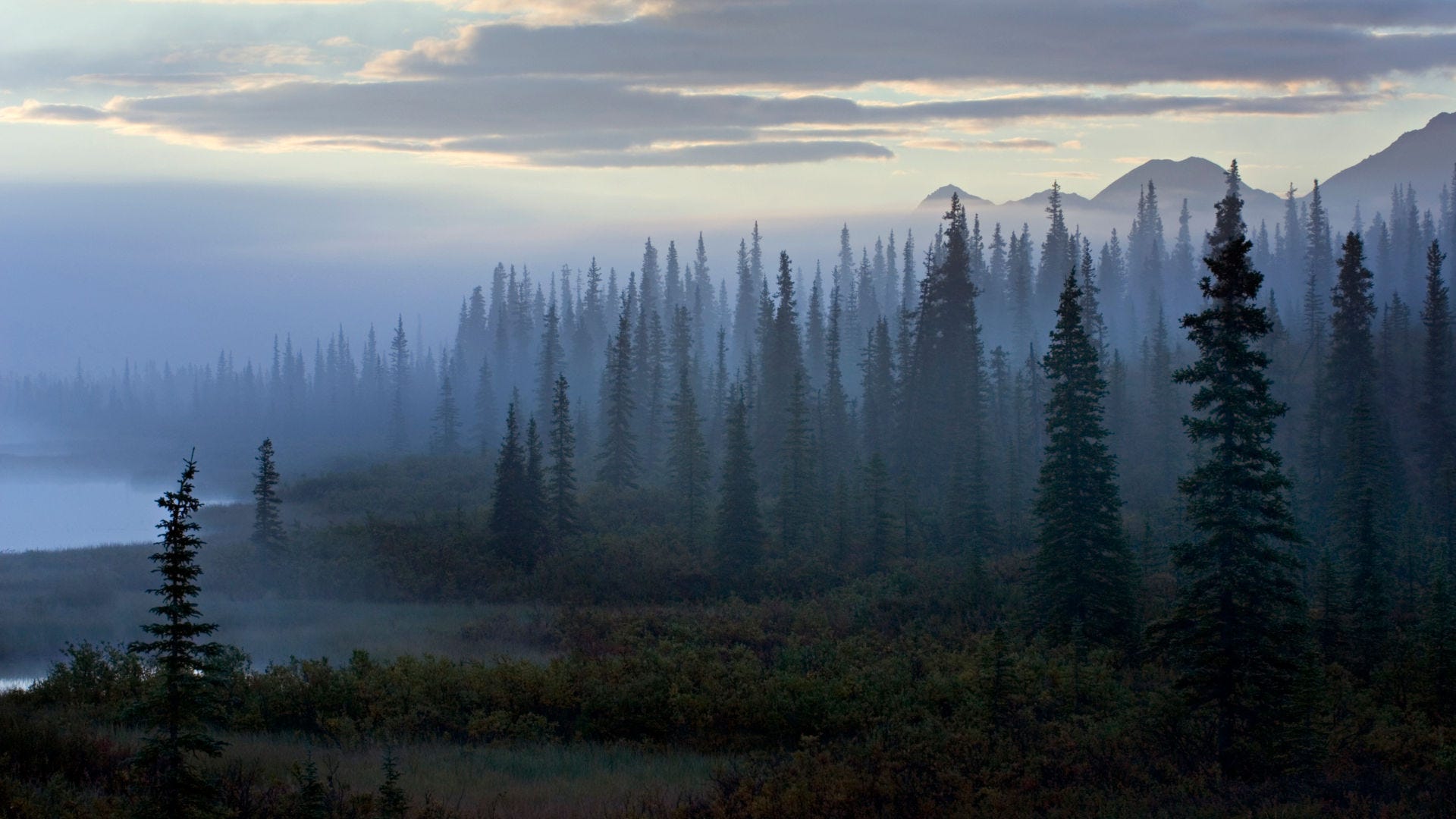
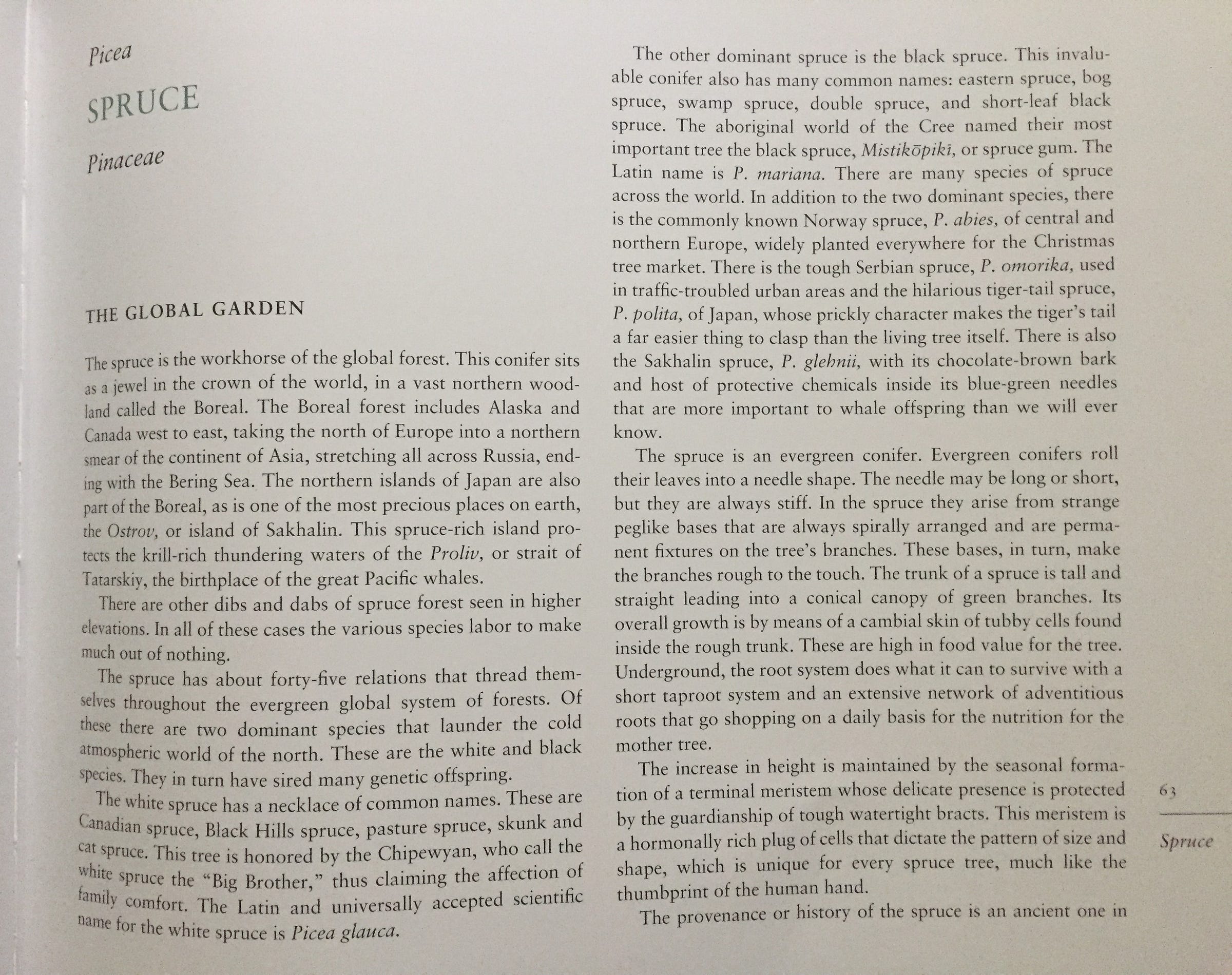
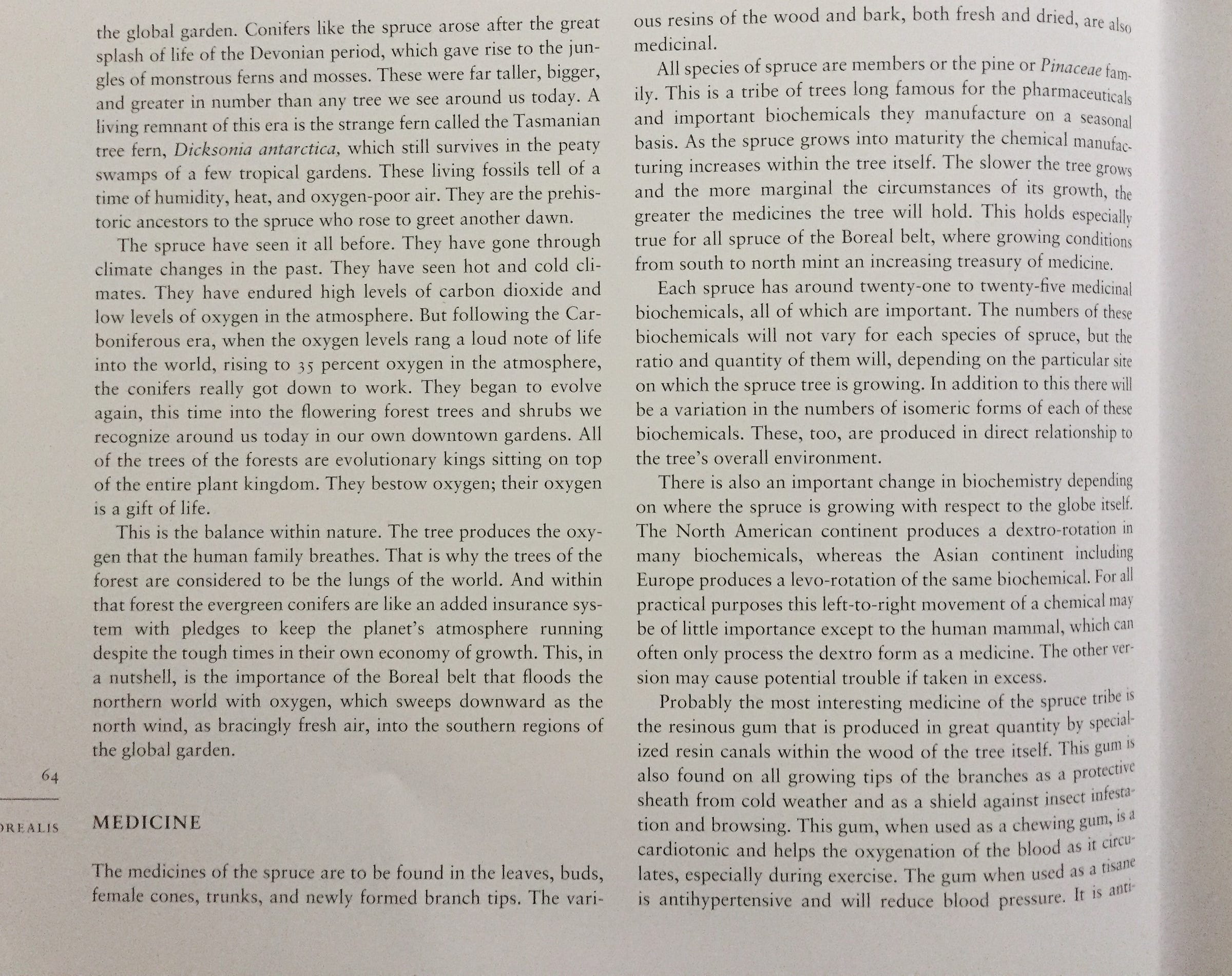
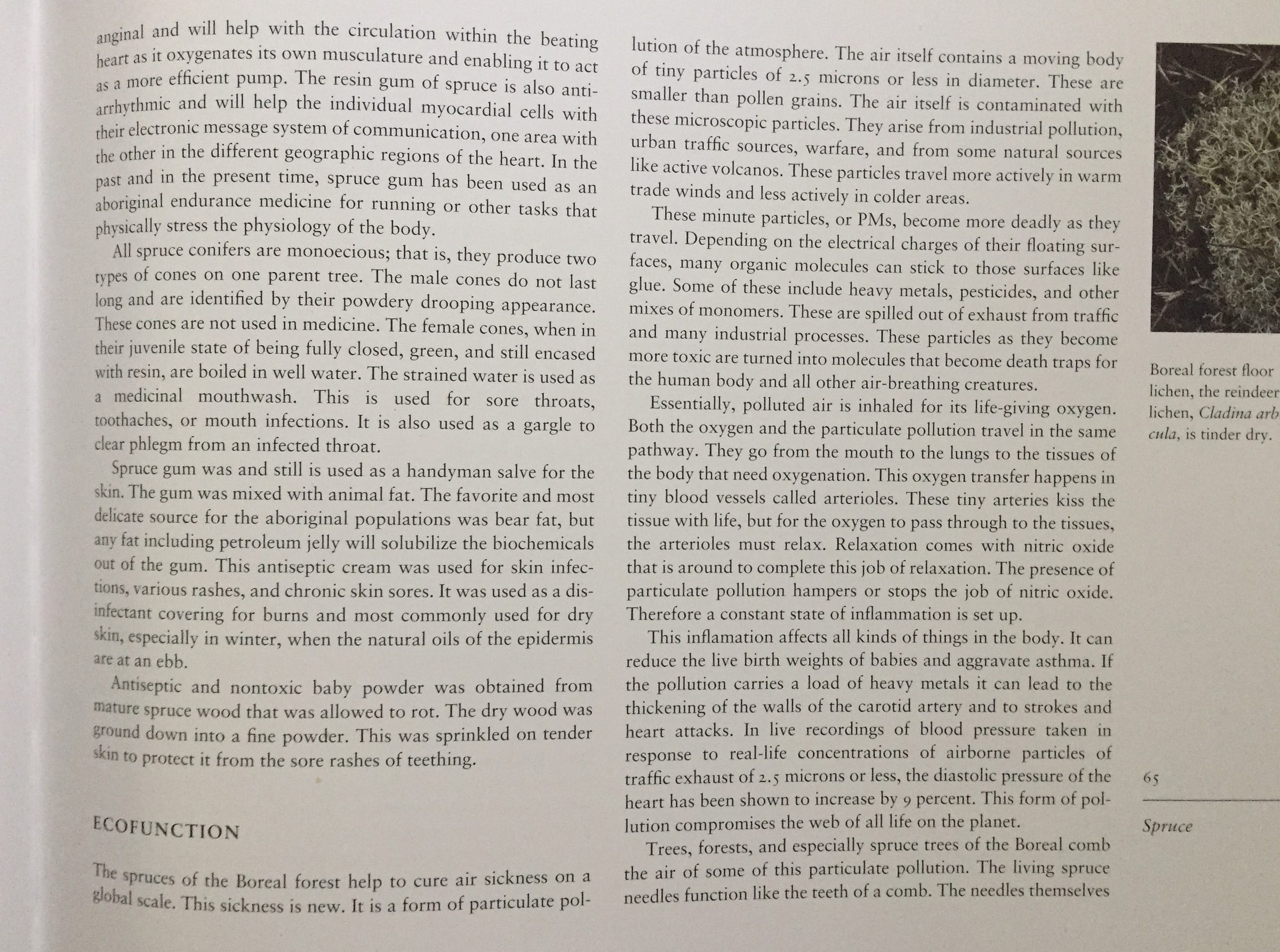

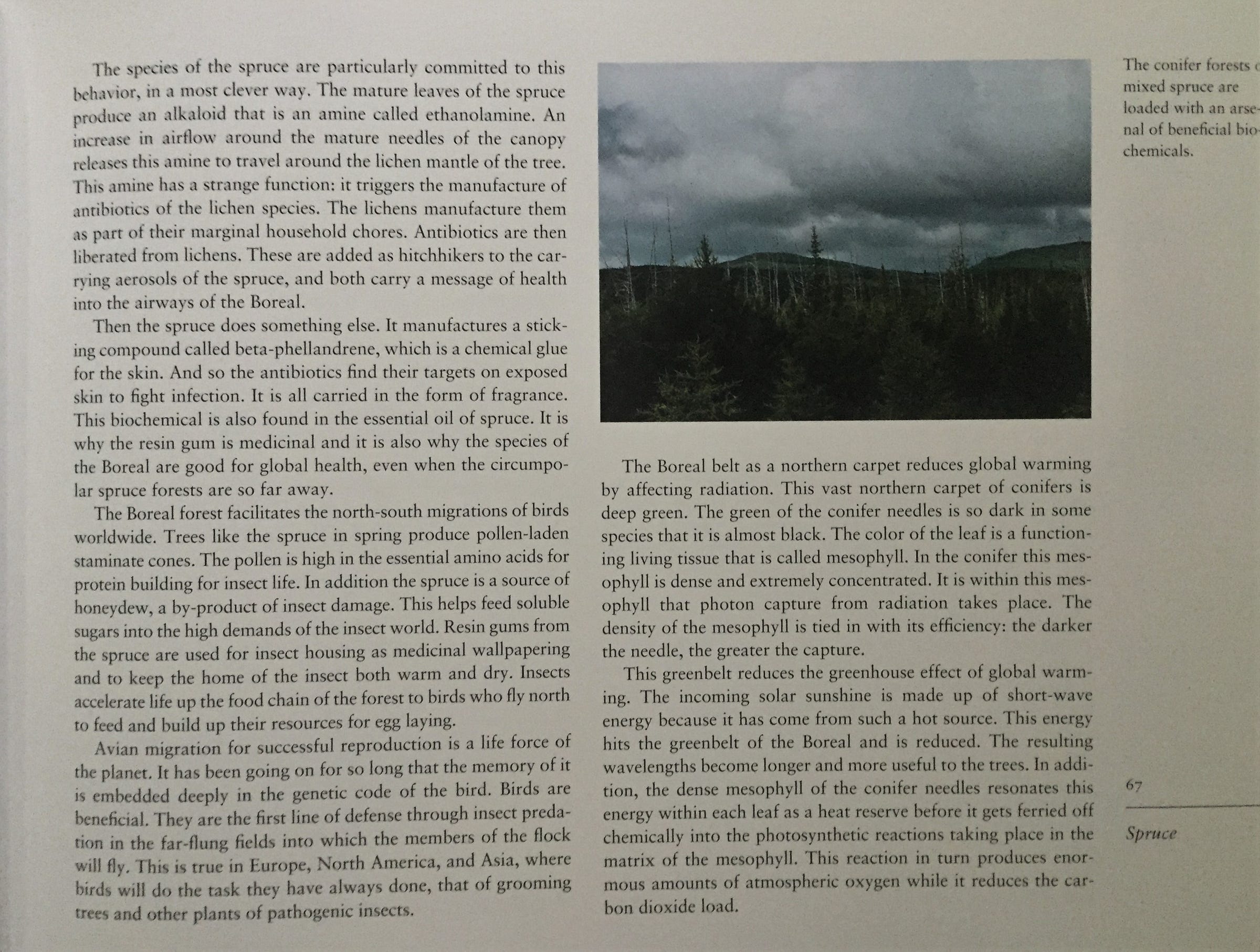


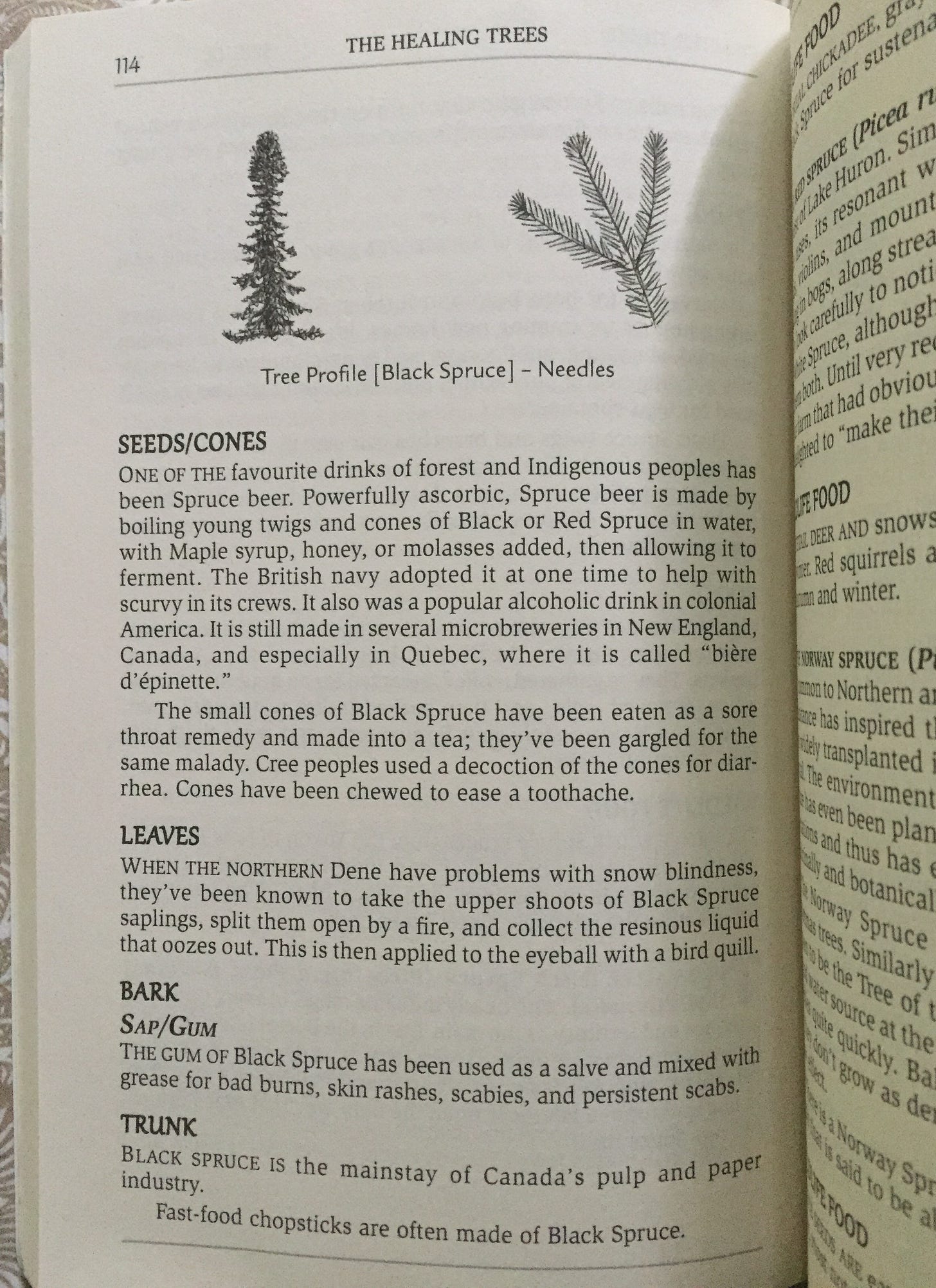




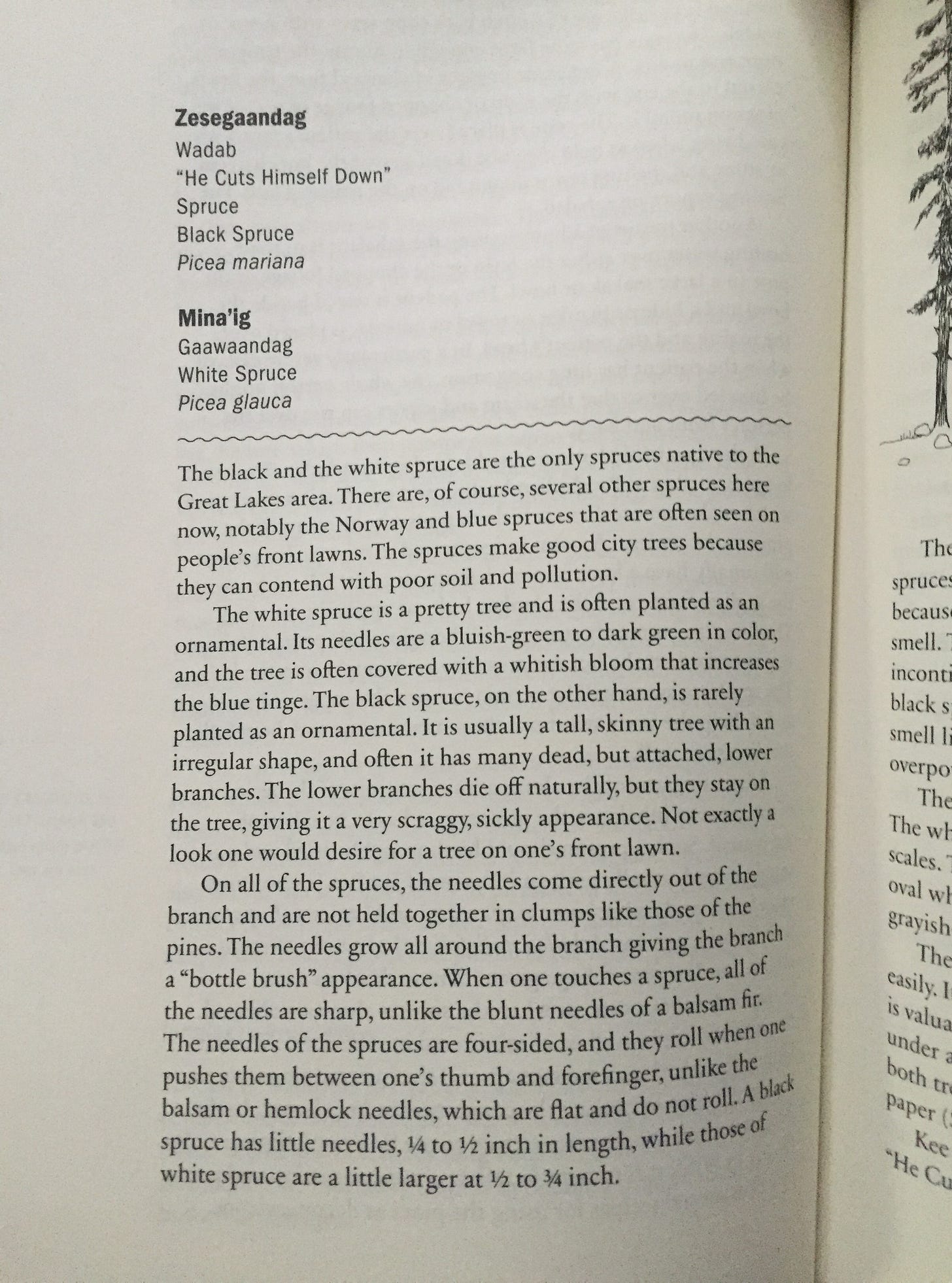







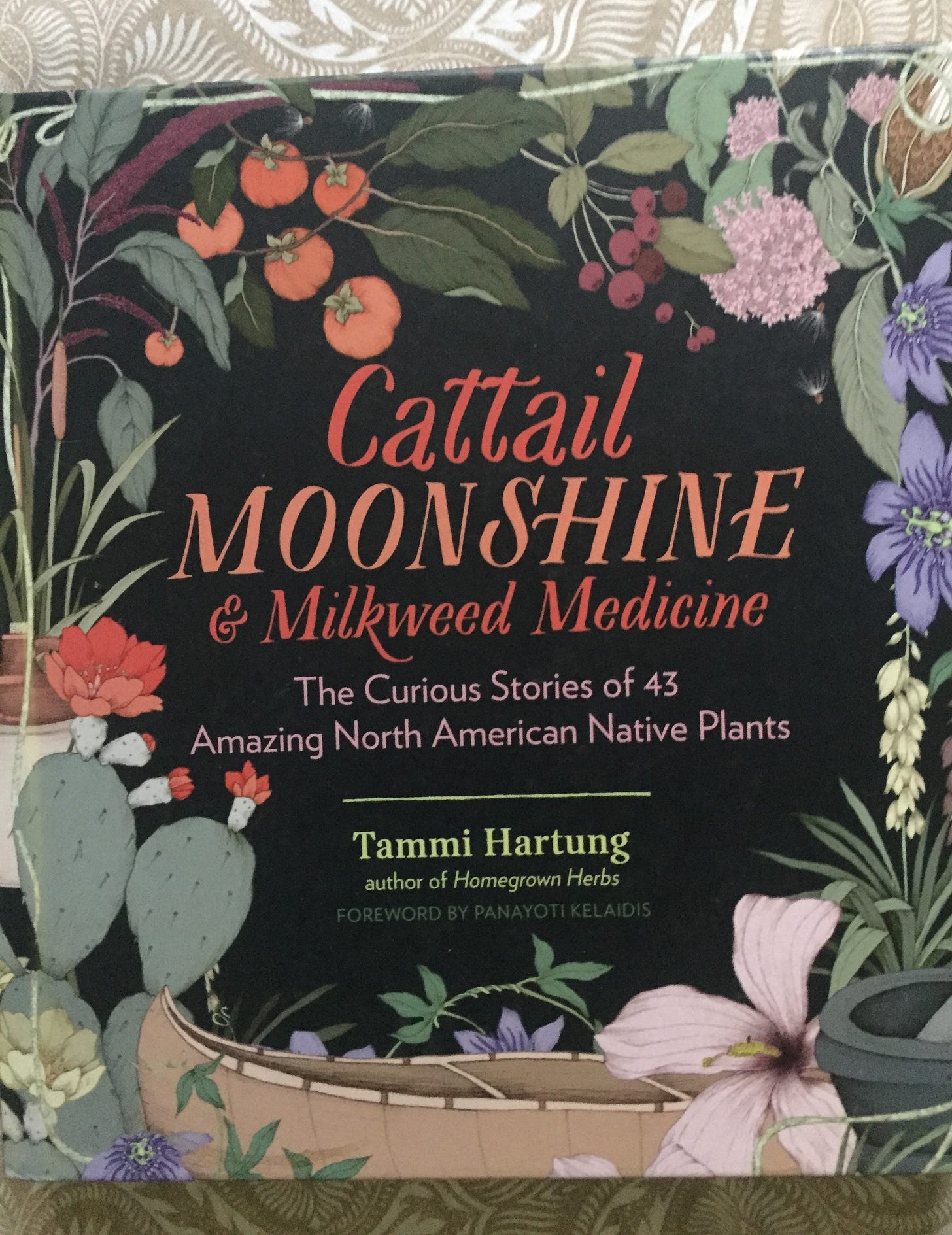


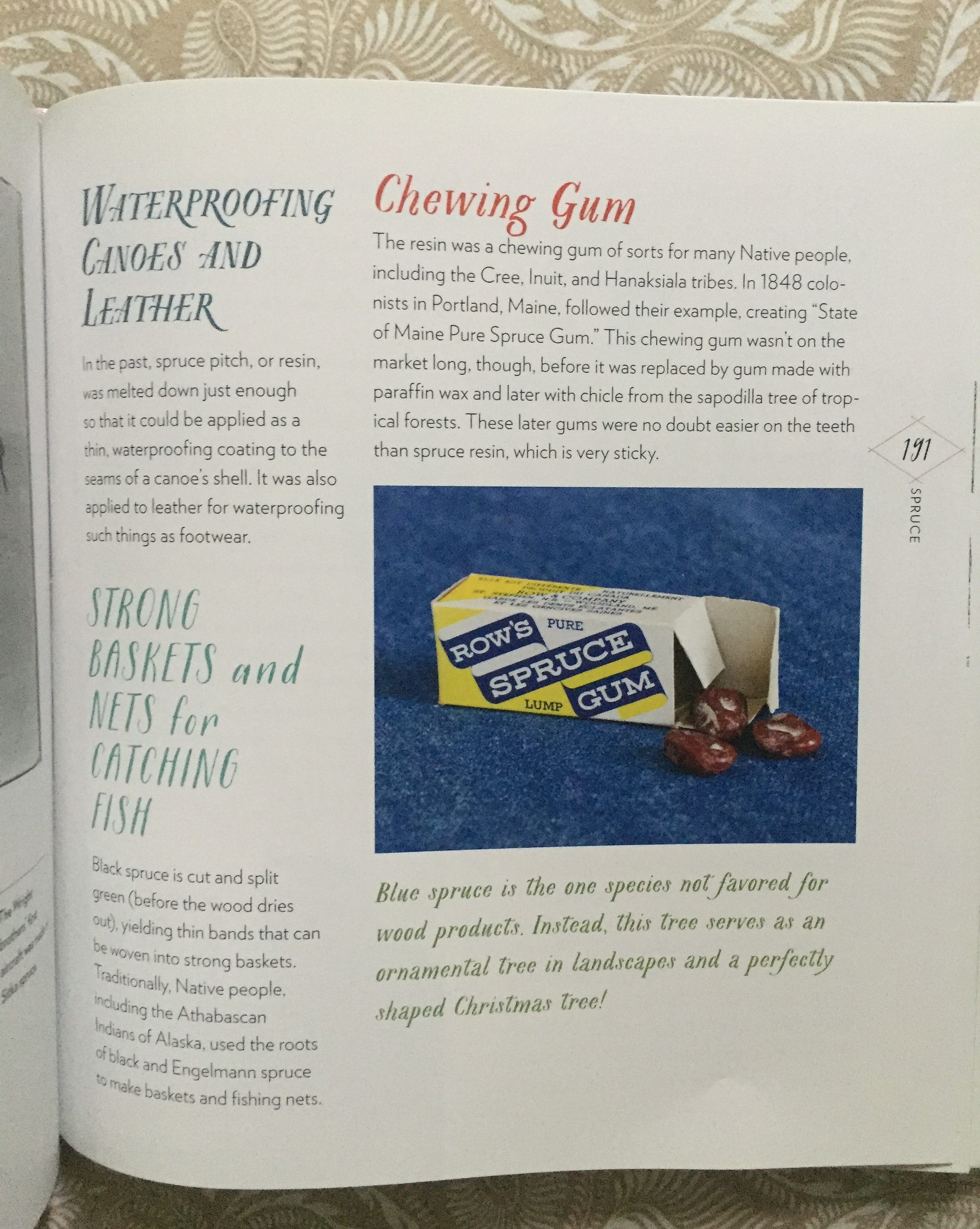
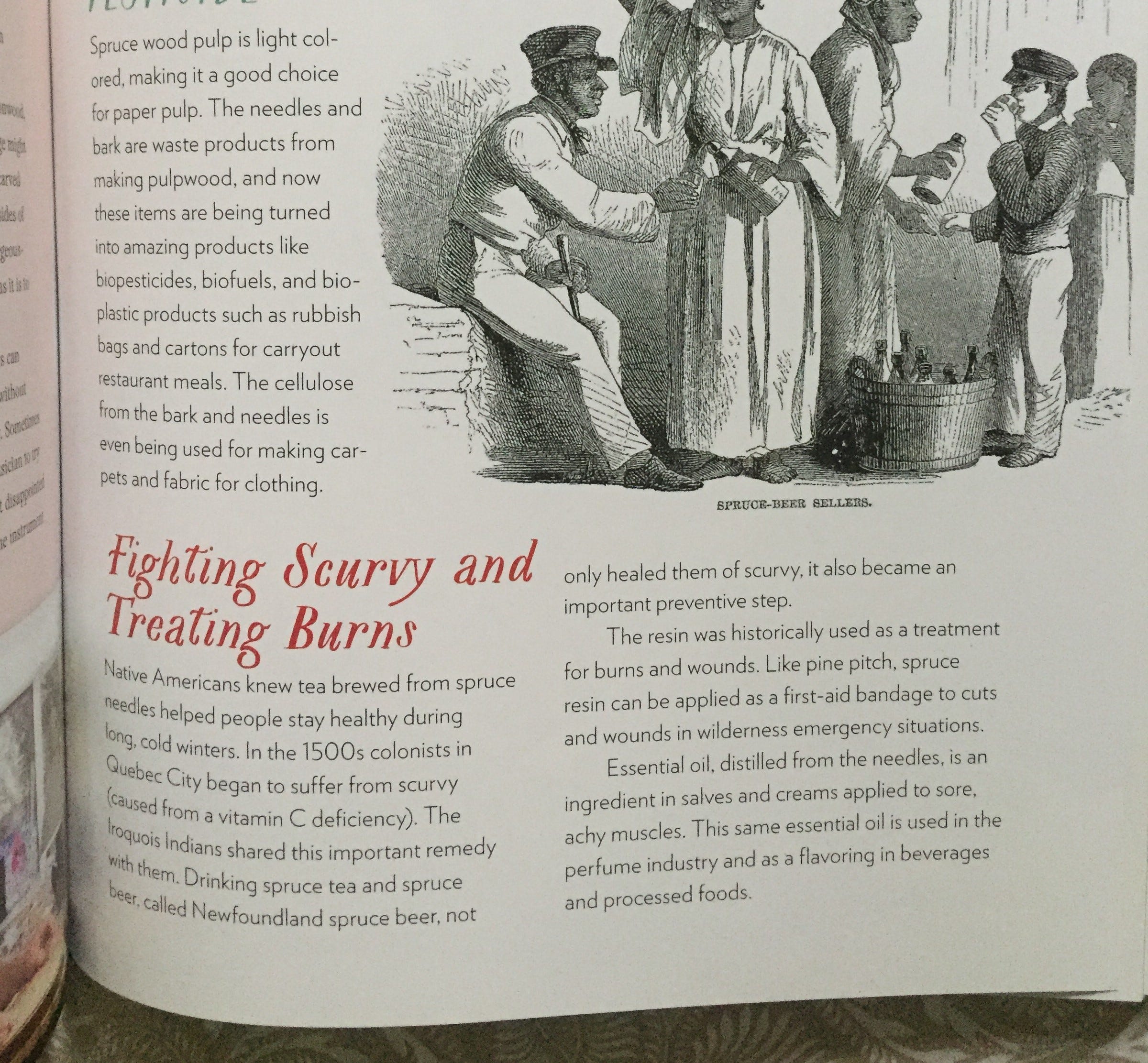
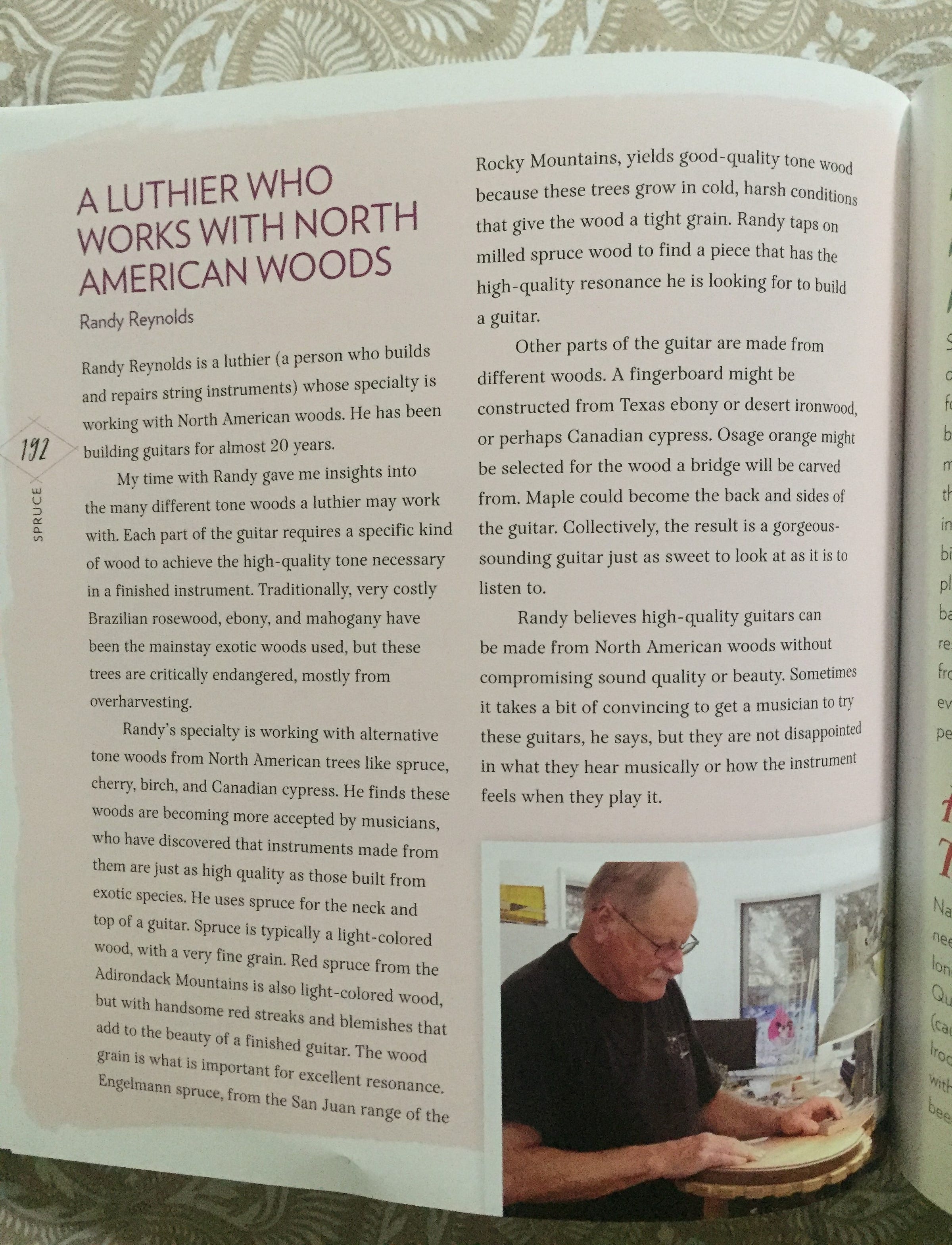
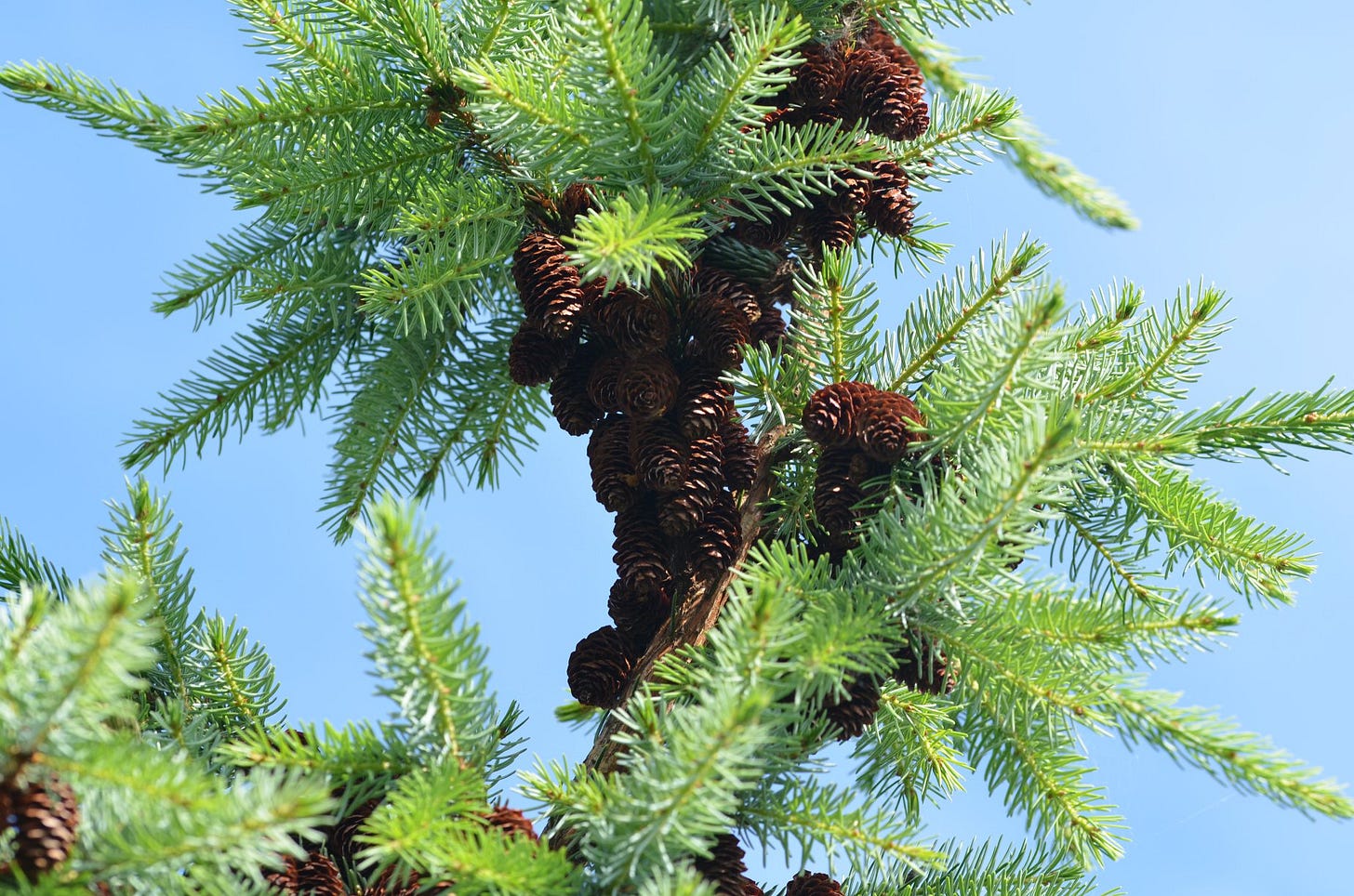

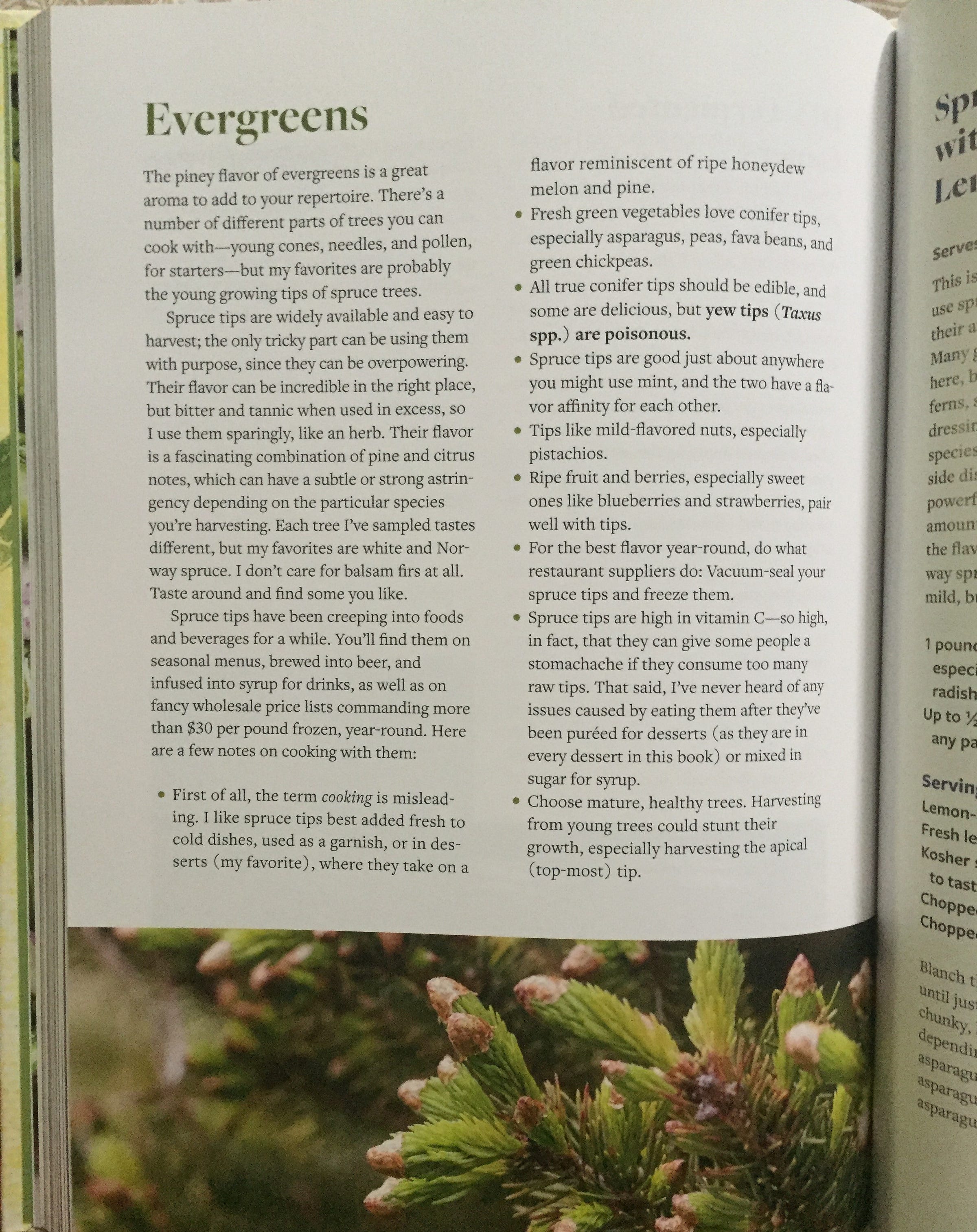
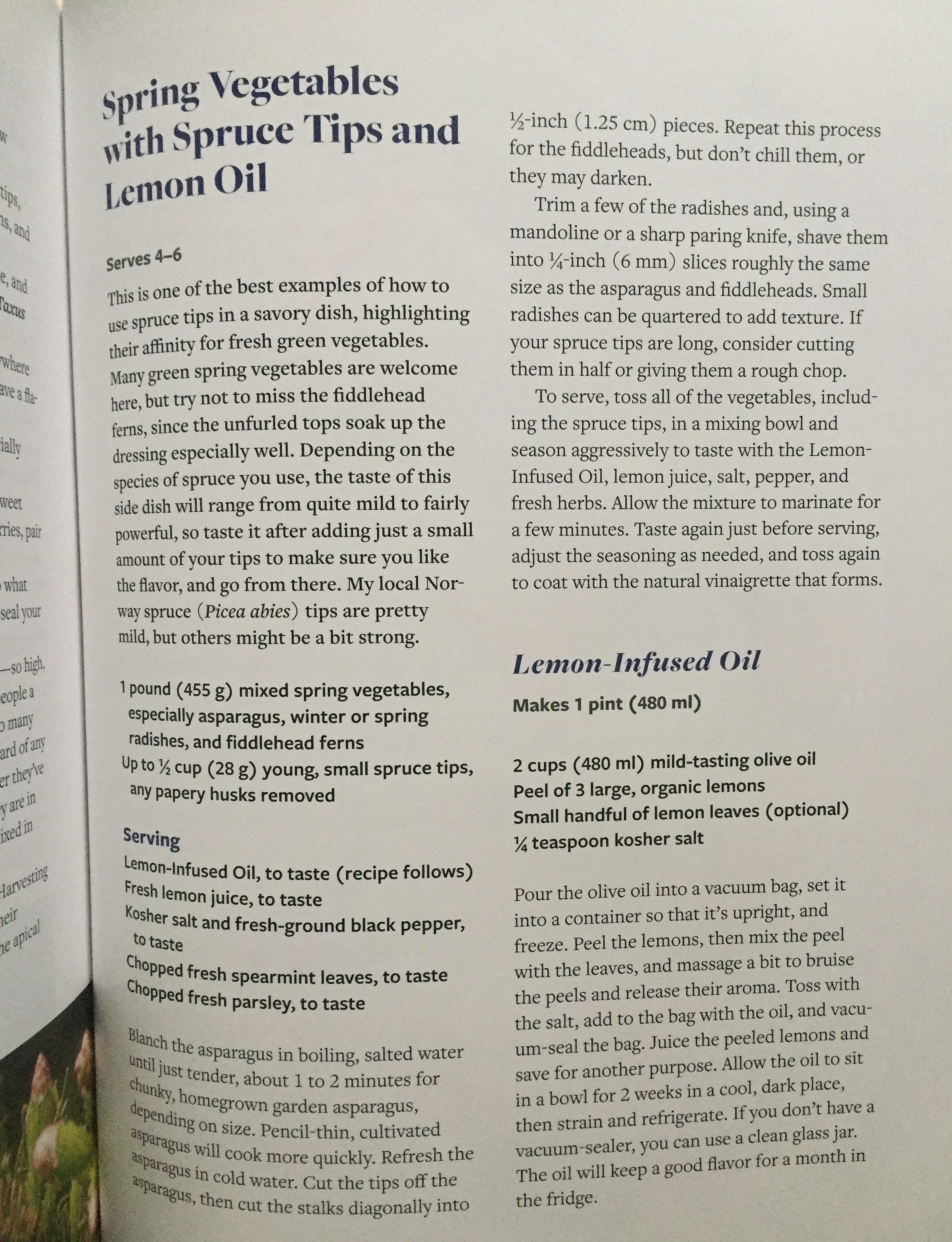
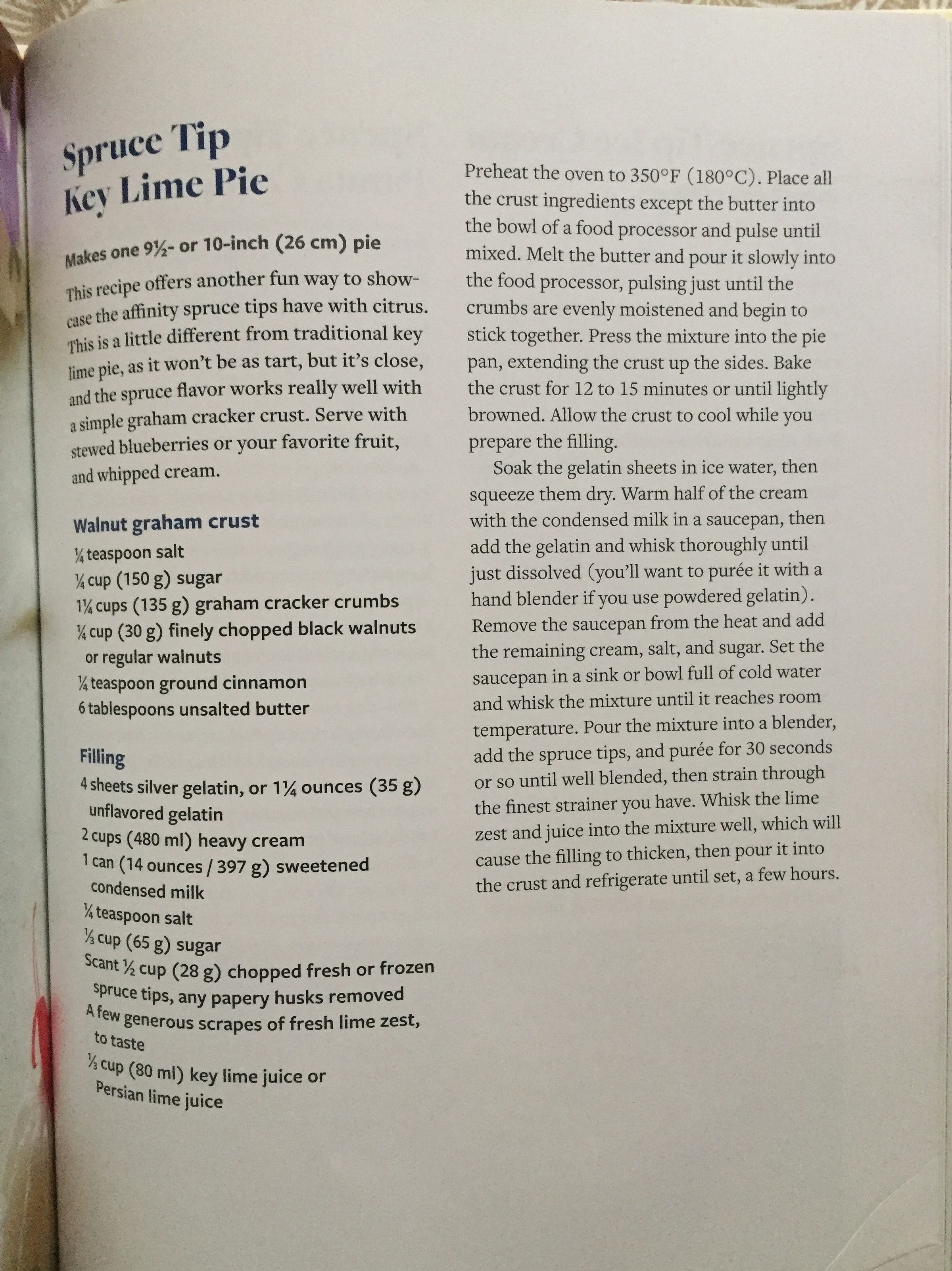
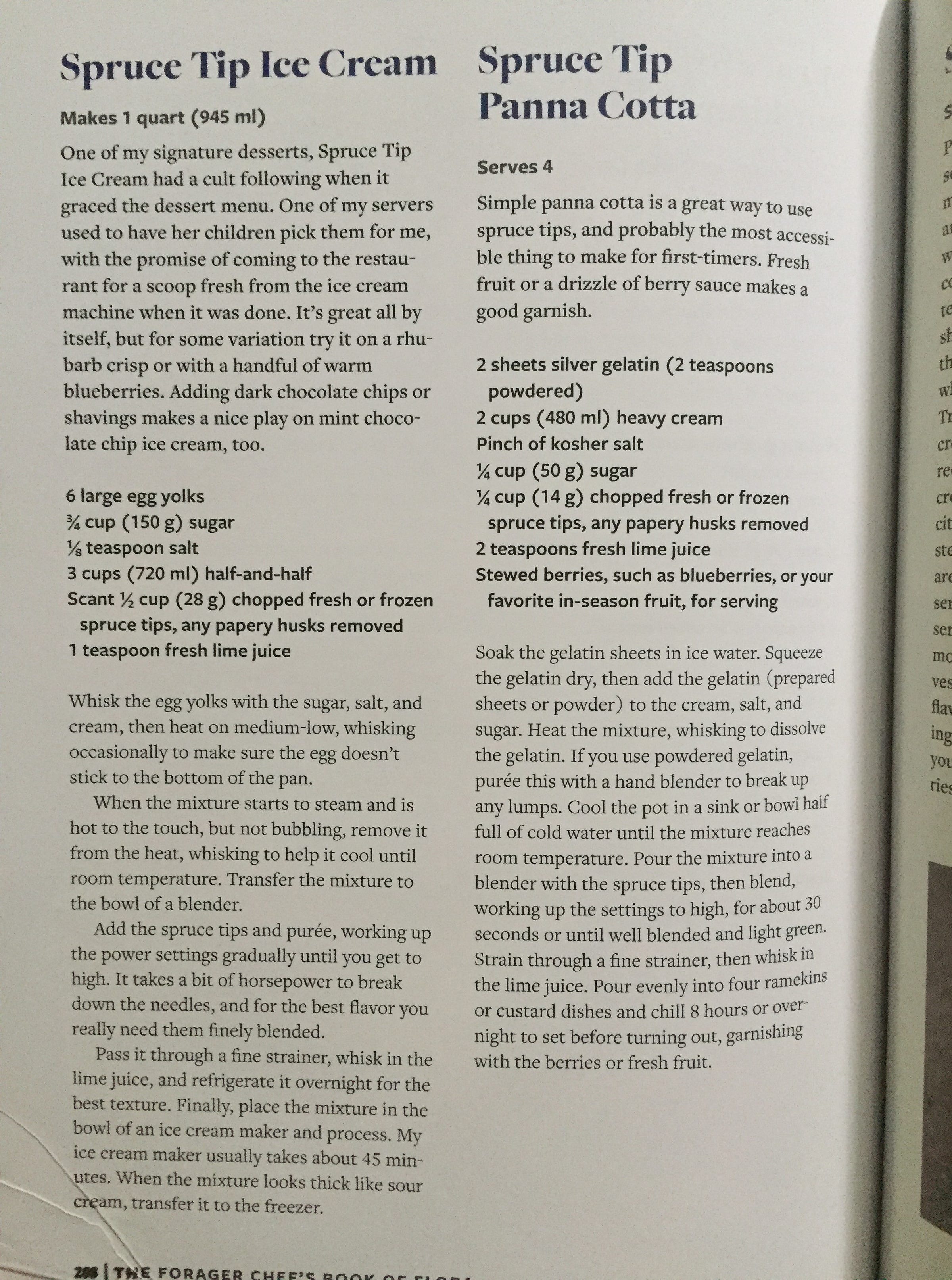
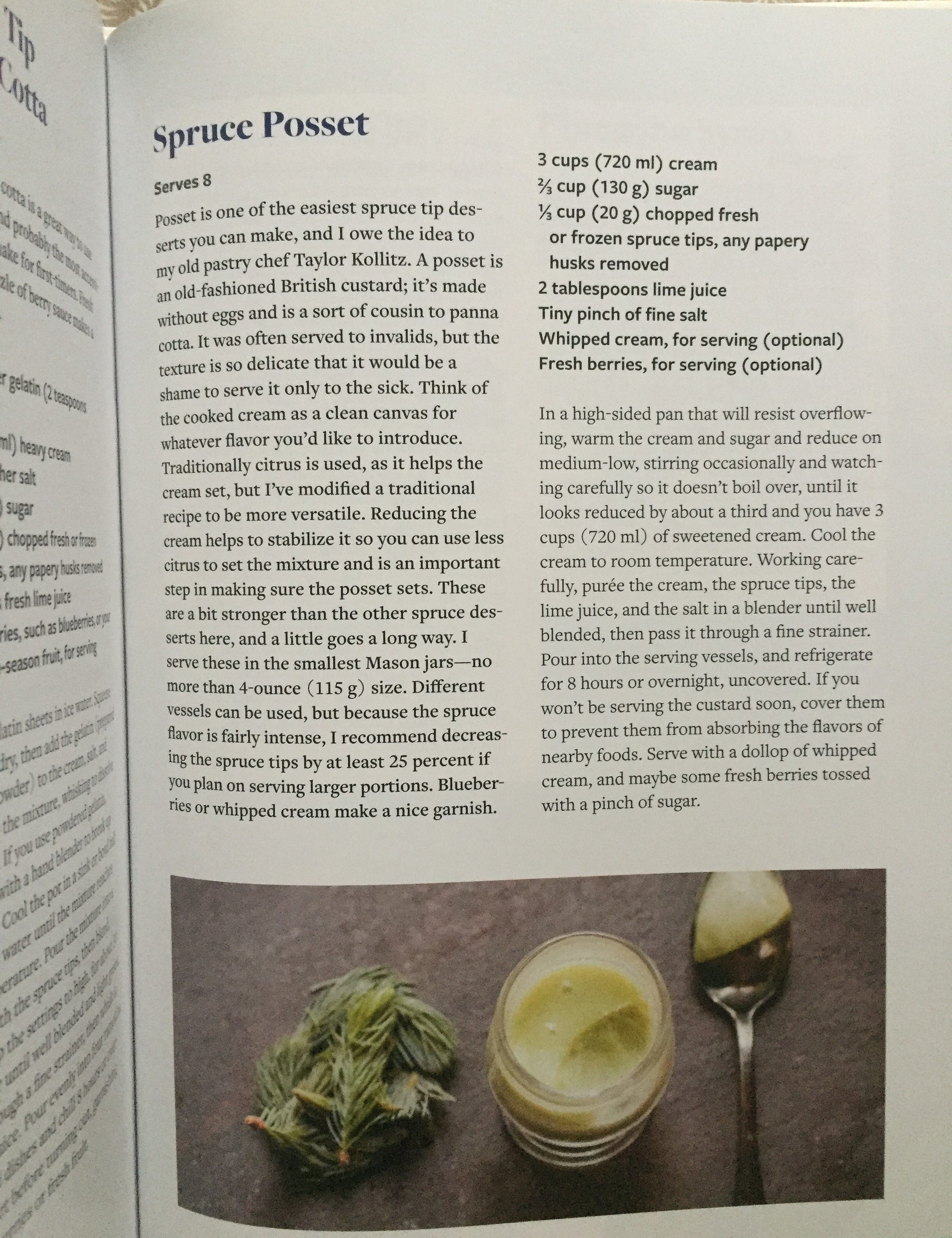


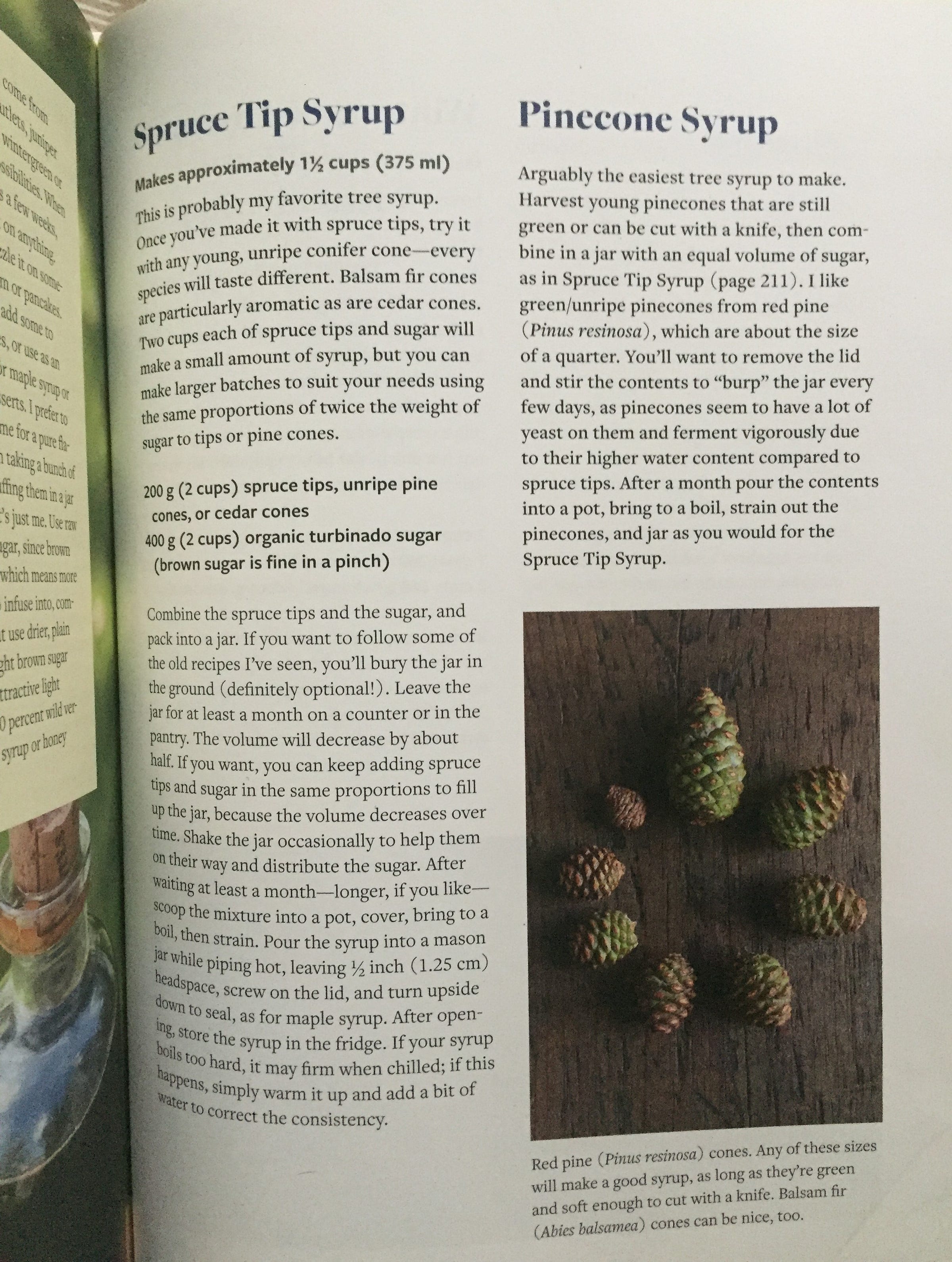

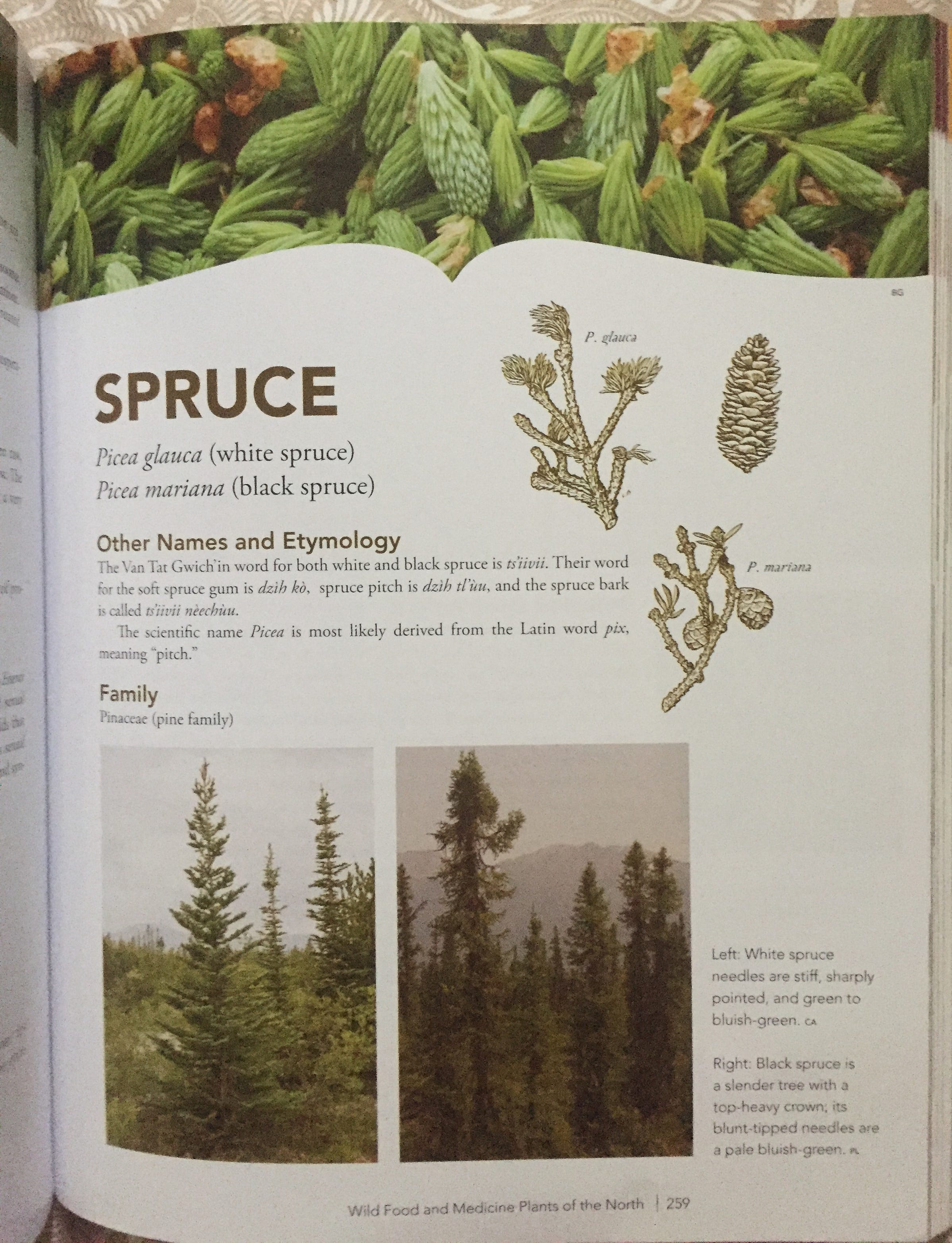
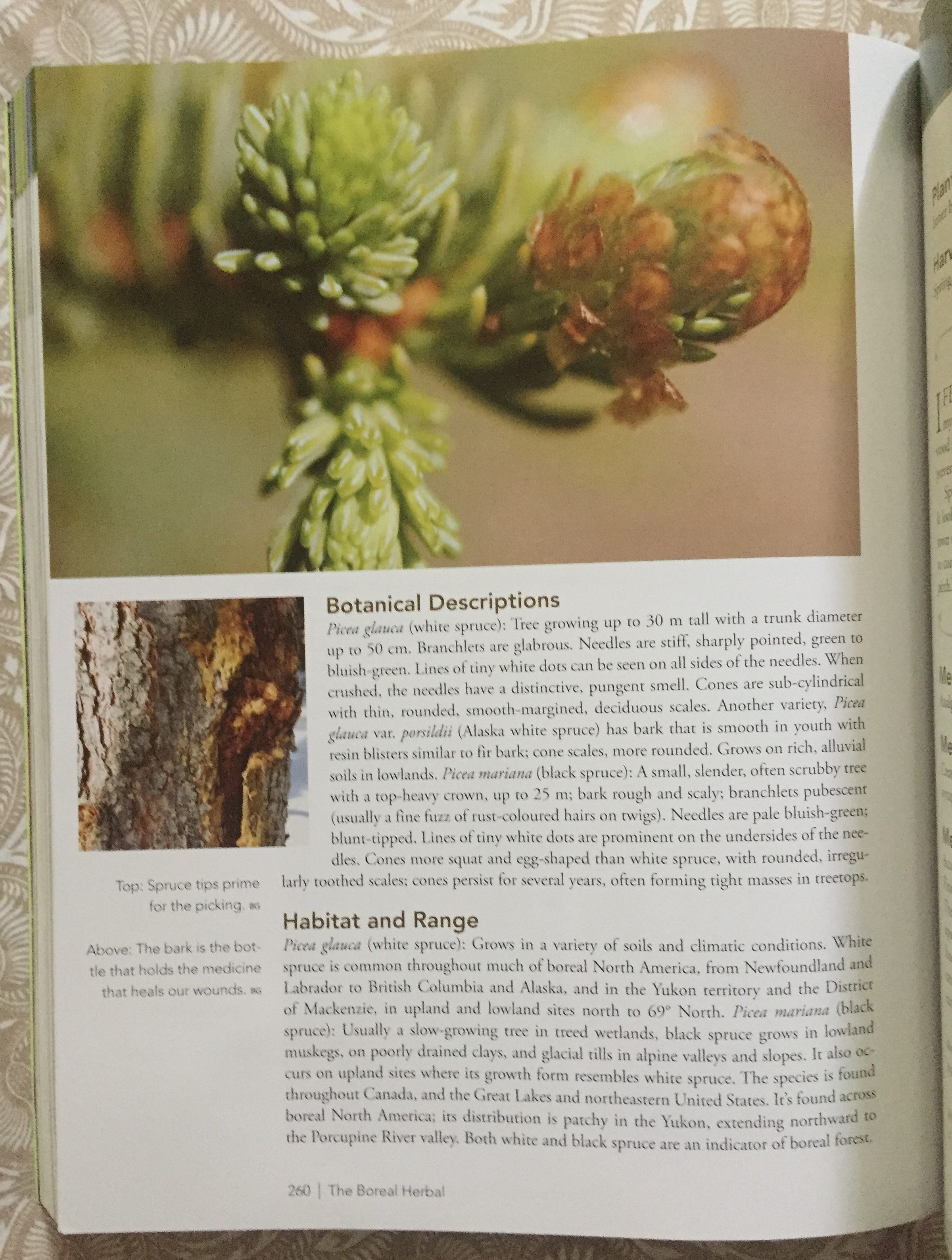
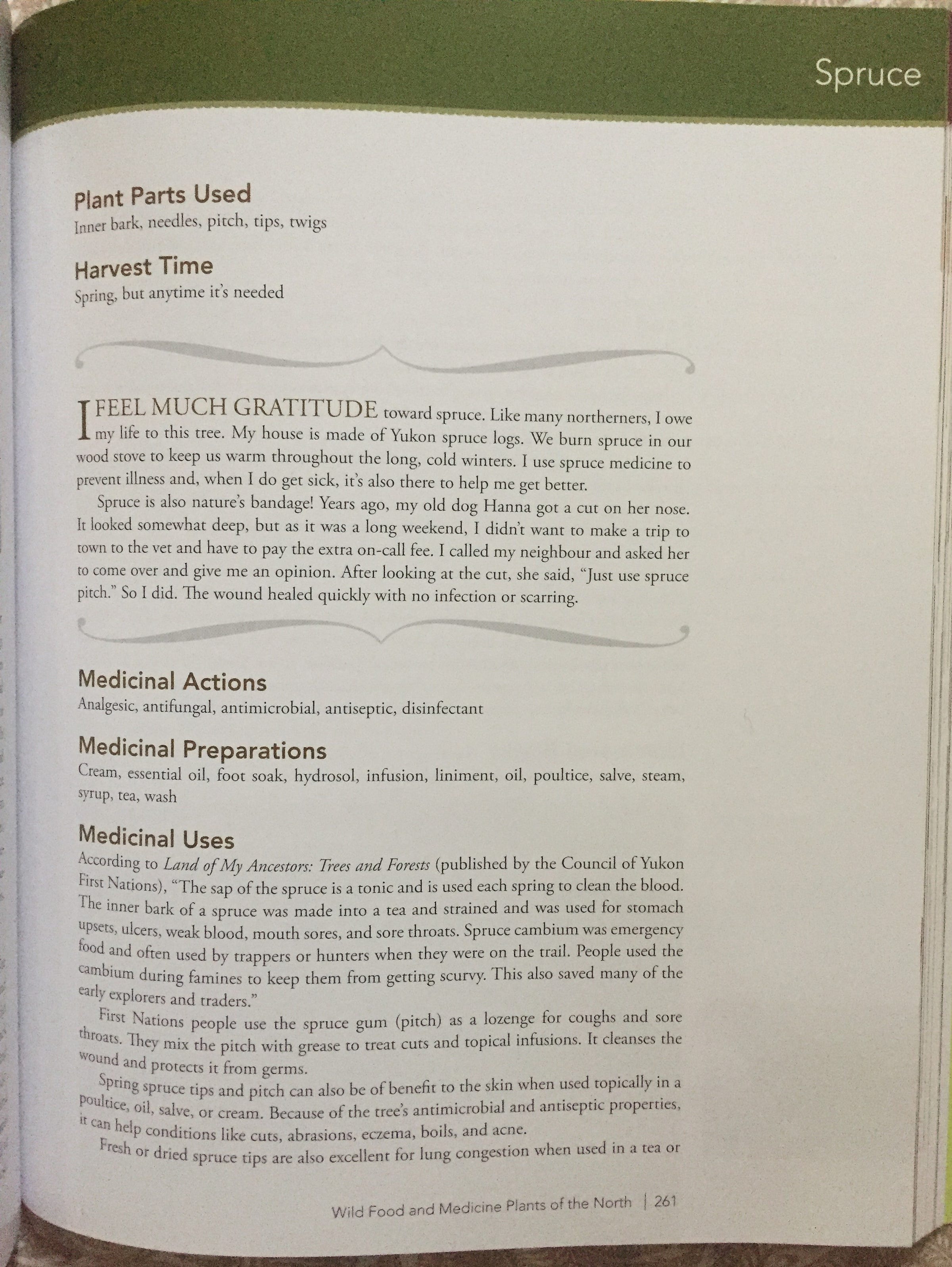
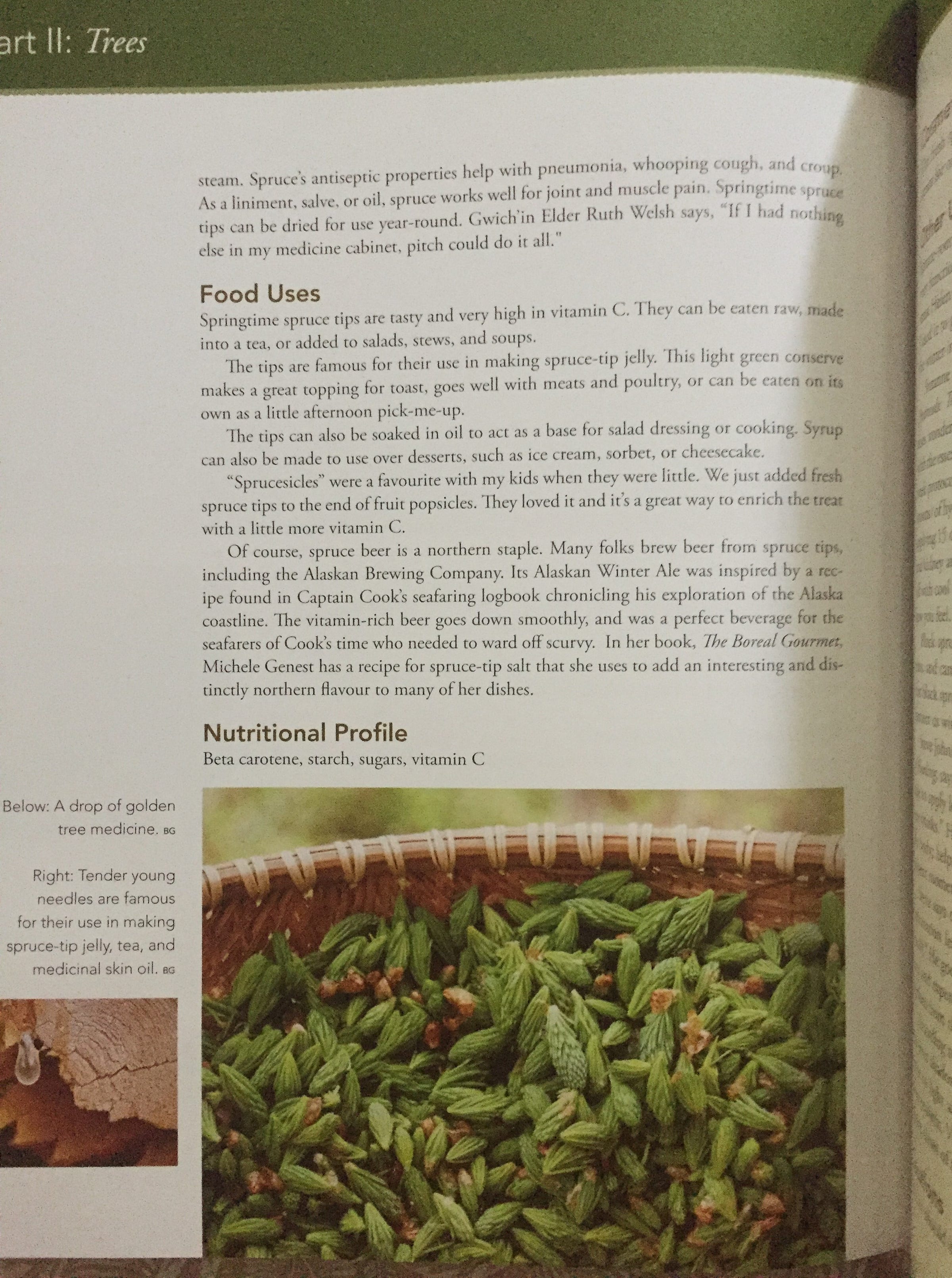

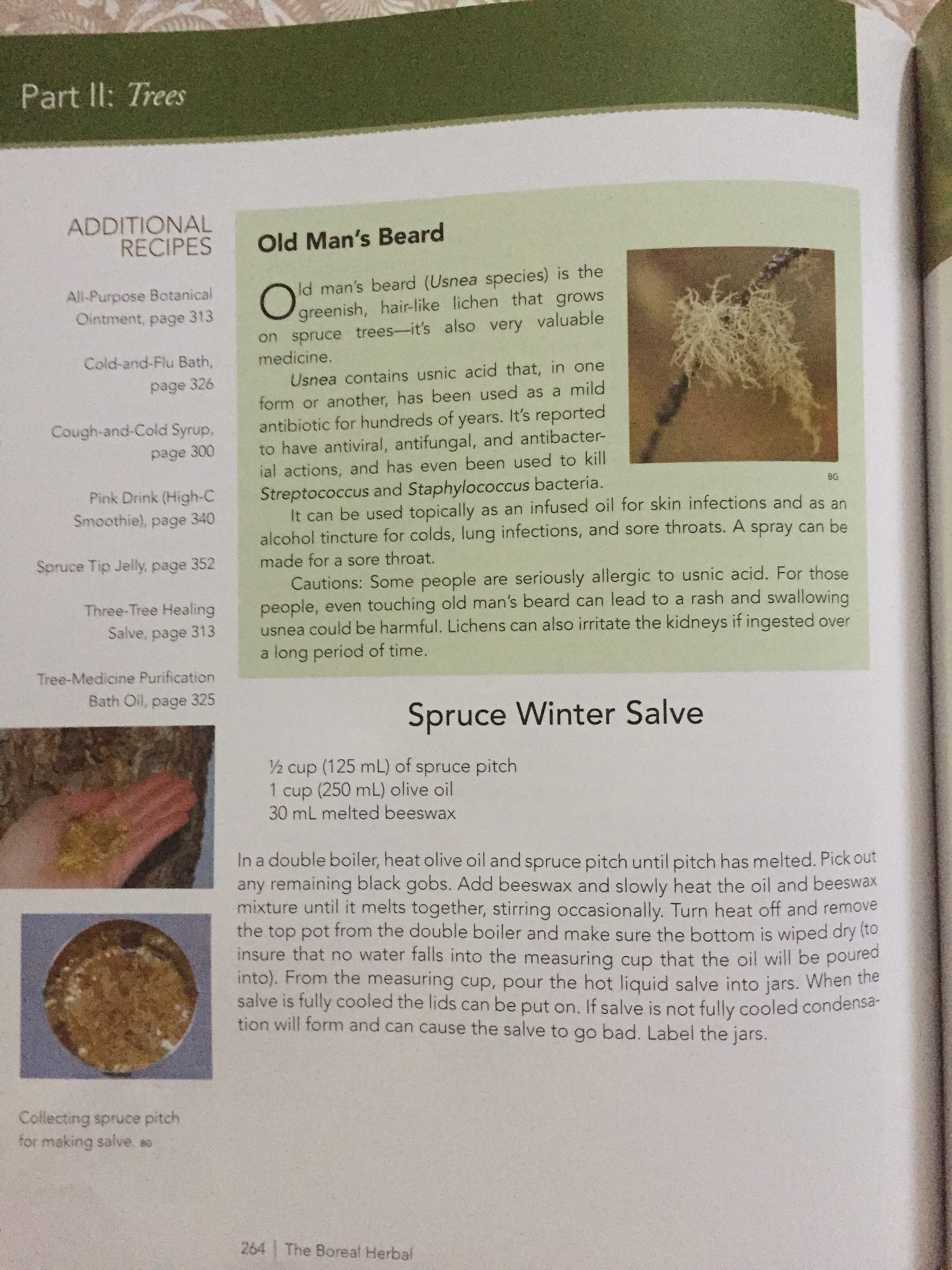
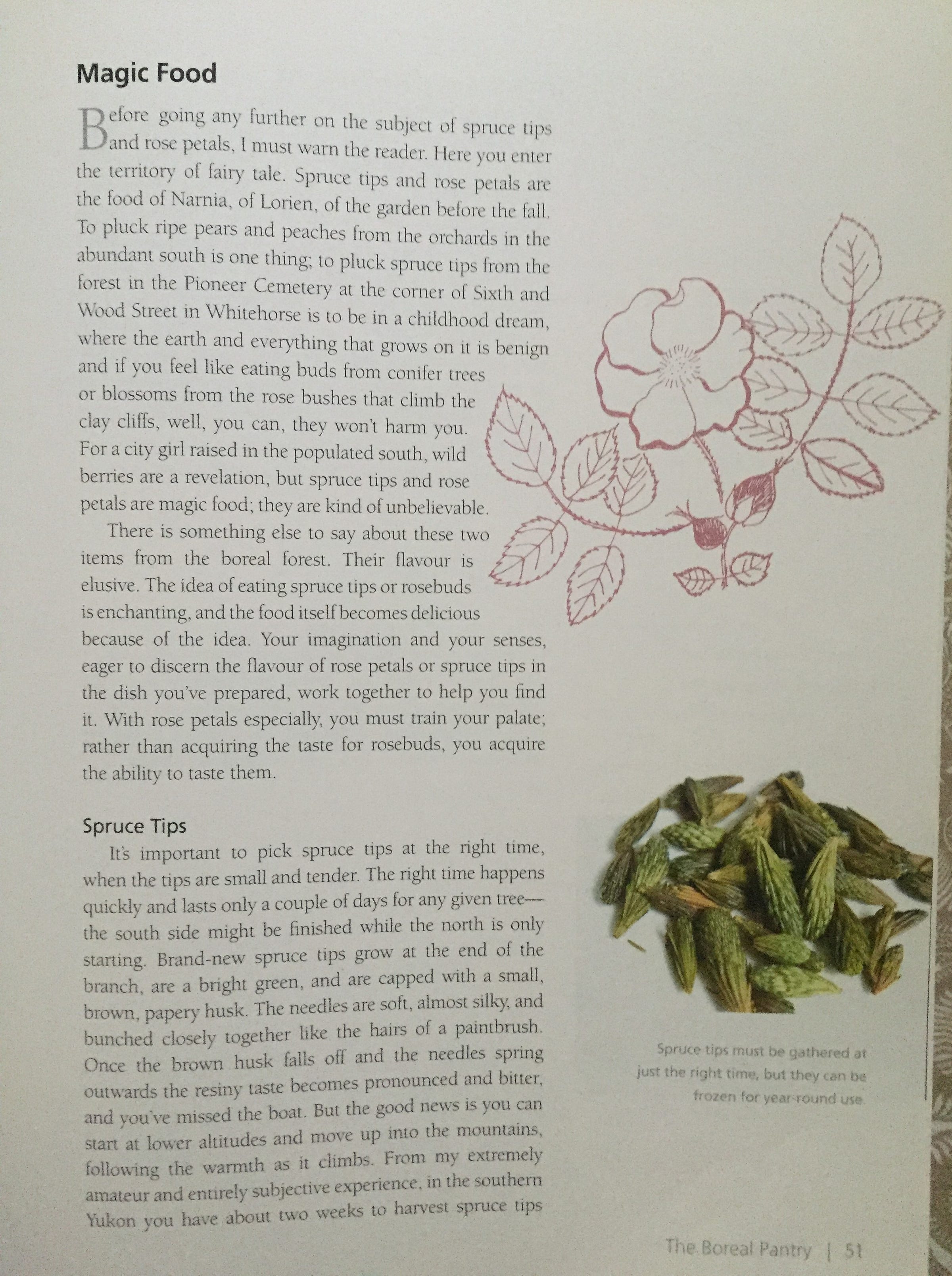
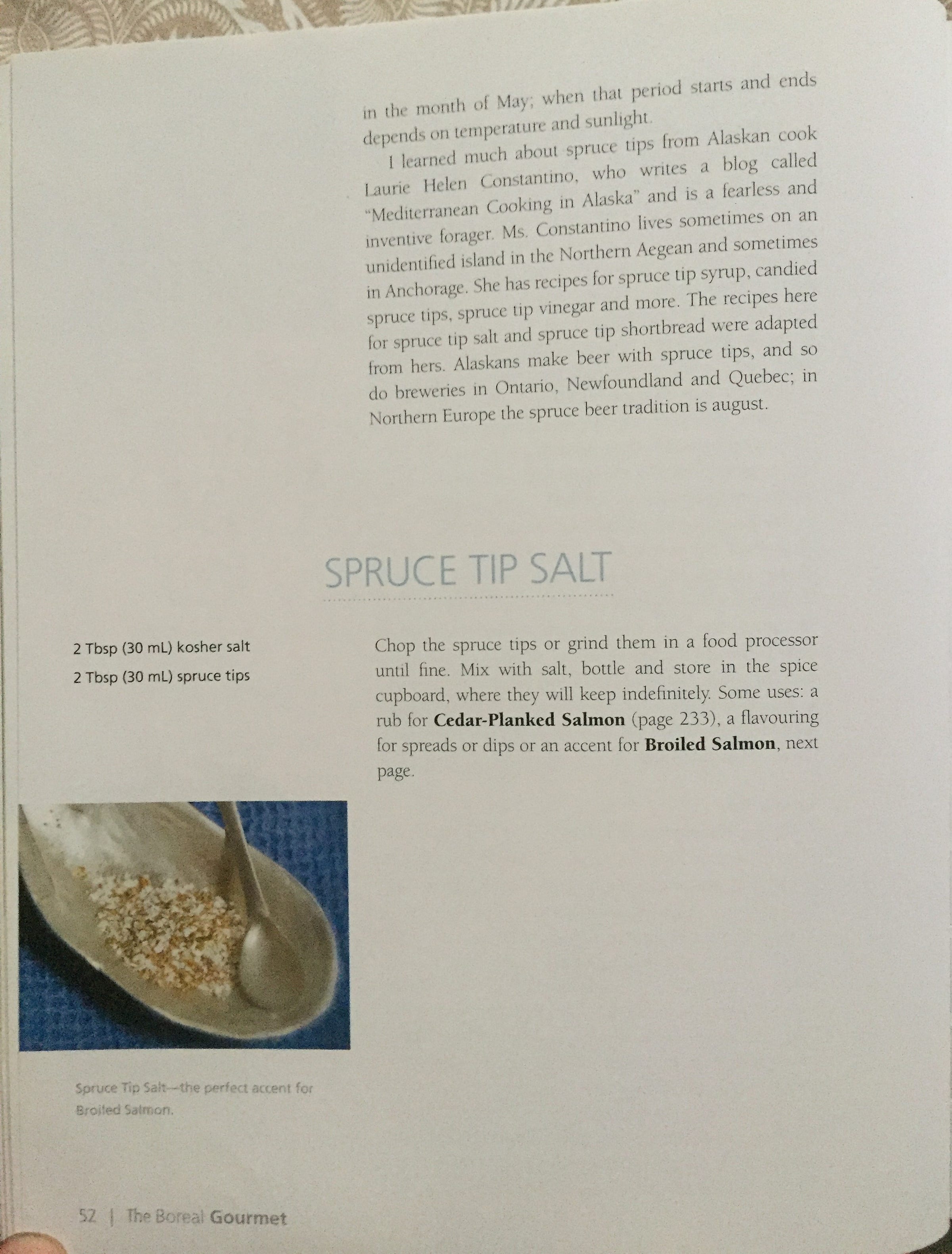


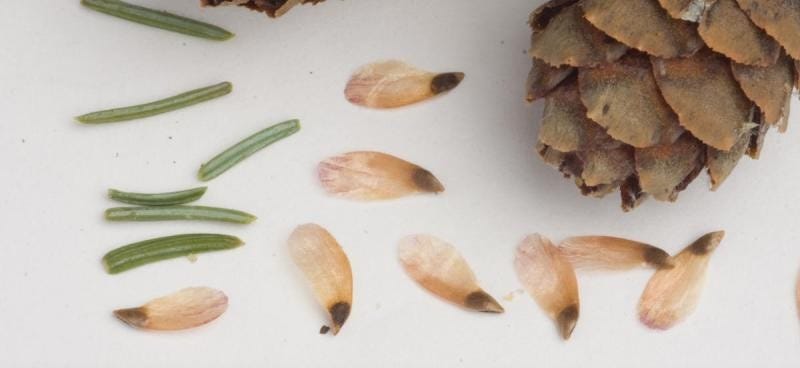
What a great read! Too bad that we (well, those people who never get out of the city!) have gotten so far away from living in harmony with the land, letting a beautiful symbiosis occur between humans and the plants that have grown to support us.
The taiga and boreal forests that ring the northern climes of the Earth have always fascinated me... those wild and dense and sparsely populated areas hold so much mysterious potential.
We have a cabin in eastern Arizona, and our main trees are piñon pines (among a few others), so am going to check into those books to see if there is any relevance to the trees we have. Or if the books have a sister/companion edition for our area. (I’m a bit of a book hoarder, esp anything traditional native medicinal or herbal or foraging, etc., so that’s going to be part of my “to hunt for” book list!)
And I’m going to see if I can adapt that spruce beer recipe... wondering if it would work for piñon pine beer :D .
And, as an aside, I’ve got my piñon pine cones chopped up and marinating in their sugar bath, and I expect sometime early in the new year, pine syrup will be ready! It already smells super yummy!